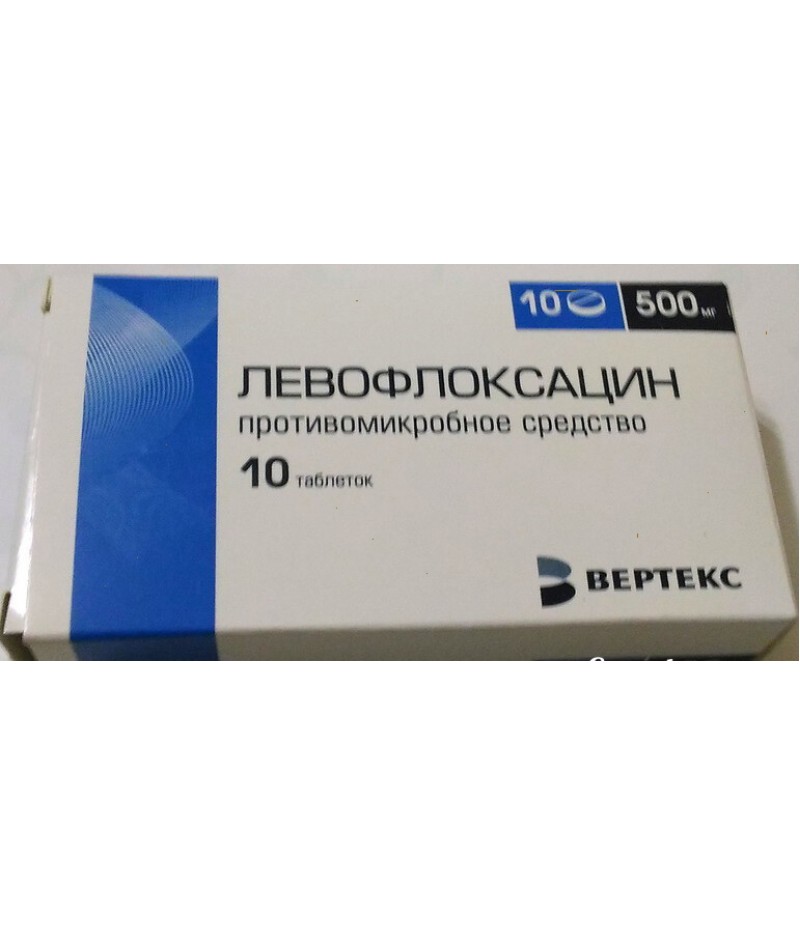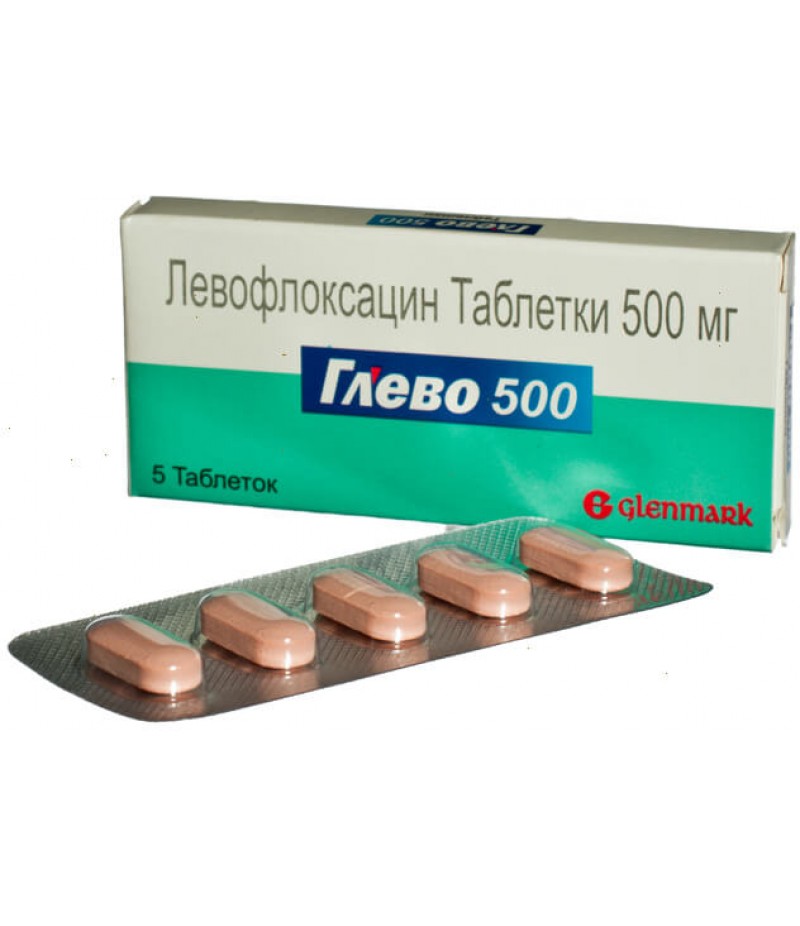Signicef 0.5% 5ml
- $14.65
- 3 or more $14.45
- Availability:In Stock
Instruction for SignicefYou can buy eye drops Signicef on this pageCompositionThe active substance is levofloxacin hemihydrate.Additional components: sodium chloride, benzalkonium chloride, hydrochlor
Tags: drops
Instruction for Signicef
You can buy eye drops Signicef on this page
Composition
The active substance is levofloxacin hemihydrate.
Additional components: sodium chloride, benzalkonium chloride, hydrochloric acid, sodium hydroxide, hypromellose, water.
Form of issue
Sold in the form of a special solution for infusions and eye drops.
pharmachologic effect
Antimicrobial and antibacterial agent.
Pharmacodynamics and pharmacokinetics
Solution for infusions and eye drops Signicef are an antibacterial and antimicrobial drug. Its active substance inhibits DNA-gyrase and topoisomerase IV, inhibits the synthesis of DNA, prevents supercoiling and cross-linking of DNA gaps. In addition, it provokes morphological changes in the membranes of bacteria, the cytoplasm and the cell wall.
The medicine acts on gram-negative and gram-positive aerobes. Also actively affects Chlamydia trachomatis.
The active component of the preparation in the form of eye drops accumulates in the lacrimal film. Concentration in the tear fluid quickly reaches high values and is held for 6 hours.
When applied inside quickly and almost completely absorbed from the digestive tract. Well enters the organs and tissues: the lungs, polymorphonuclear leukocytes, bronchial mucosa, the organs of the genitourinary system, alveolar macrophages. Some part is oxidized or deacetylated. Excreted by the kidneys through tubular secretion and glomerular filtration.
Indications for use
Indications for the use of the drug are as follows:
therapy of infections of the adnexa and anterior segment of the eye, which are provoked by organisms susceptible to levofloxacin;
the need to prevent complications after operations on the eyes;
local therapy for eye infections, which are provoked by microorganisms susceptible to levofloxacin.
Contraindications
It is not recommended to use a solution for infusions and eye drops Signicef in case of hypersensitivity to the components of the drug, tendon lesions in the previously conducted quinolone therapy, as well as breastfeeding, pregnancy, epilepsy. With care, the drug is prescribed in childhood.
Side effects
Adverse reactions are observed only in rare cases. As a rule, they are characterized by a weak or moderate degree of severity and pass with time.
Possible ophthalmic disorders: burning in the eyes, deterioration of visual acuity, eyelid maturation, conjunctival papillary reaction, eye pain, conjunctival follicles, erythema eyelids, chemosis, eyelid edema, pruritus, conjunctival infection, dry eyes, photophobia.
In rare cases, from the side of the immune system, allergic and anaphylactic reactions were observed.
From the side of the central nervous system is reported on such side effects as dizziness, headache, drowsiness, paresthesia, fear, confusion, movement disorders, weakness, insomnia, anxiety, hallucinations, depression, convulsions.
On the part of the respiratory system, mediastinal and thoracic disorders, rhinitis are possible.
In addition, the following likely adverse reactions are known:
increased activity of liver transaminases;
nausea;
diarrhea;
abdominal pain;
hepatitis;
vomiting;
anorexia;
pseudomembranous enterocolitis;
hyperbilirubinemia;
dysbiosis;
pressure reduction;
tachycardia;
vascular collapse;
hypoglycemia;
hearing impairment, taste, smell and tactile sensitivity;
arthralgia;
rupture of tendons;
tendonitis;
myalgia;
muscle weakness;
hypercreatininaemia;
interstitial nephritis;
eosinophilia;
leukopenia;
agranulocytosis;
pancytopenia;
hemolytic anemia;
neutropenia;
thrombocytopenia;
hemorrhage;
aggravation of porphyria;
Lyell's syndrome;
persistent fever;
rhabdomyolysis;
development of superinfection.
Instructions for use (Method and dosage)
Instruction on eye drops Signicef reports that they are used during the first two days after the onset of the disease. The medicine is instilled in 1-2 drops in the eye, infected with the infection, with an interval of 2 hours. Maximum of 8 times a day. After 2 days, the drug is administered at the same dose up to 4 times a day.
How long therapy lasts, directly depends on the severity and characteristics of the disease. As a rule, treatment lasts only 5 days.
The patient should tilt his head back, pull back the lower eyelid, drip the medicine and close his eyes. To prevent it from entering the tear duct and systemic circulation, the inner edge of the eye should be pressed with a finger for 1-2 minutes. You can not blink. Remains of eye drops are removed with a clean cloth without contact with the eyes.
The tip of the dropper should not touch the eyelids or areas near the eyes when using the drug.
If the patient also uses other means for the eyes, the interval between their use should be at least 15 minutes.
The drug in the form of a solution for infusions is administered intravenously drip. You need to do this slowly, not less than an hour. Dosage - 250-500 mg every day 1-2 times. The exact amount of the drug depends on the nature and severity of the disease.
Doses for patients with normal kidney function:
acute sinusitis: 500 mg daily for 10-14 days;
exacerbation of chronic bronchitis: it is necessary to take 250-500 mg daily for 7-10 days;
complicated and uncomplicated urinary tract infections: it is necessary to take 250 mg daily for 7-10 days, if necessary, the dosage can be increased;
infectious diseases of soft tissues and skin: it is necessary to take 500 mg twice a day, the course - 1-2 weeks;
intra-abdominal infection: take 500 mg daily, course - 1-2 weeks;
community-acquired pneumonia: it is necessary to take 500 mg daily 1-2 times, the course - 1-2 weeks;
bacterial chronic prostatitis: it is necessary to take 500 mg daily for 28 days;
septicemia / bacteremia: it is necessary to take 500 mg daily 1-2 times, the course - 1-2 weeks;
complex treatment of forms of tuberculosis, resistant to drugs - it is necessary to take 500 mg daily 1-2 times, the course - up to 3 months.
For people with dysfunctions, the dosages of the kidneys decrease in accordance with the severity of the disease:
KK values of 20-50 ml / min - you need to take 125-250 mg daily 1-2 times;
KK values of 10-19 ml / min - you need to take 125 mg every day 1-2 times;
QC values up to 10 ml / min - take 125 mg after 1-2 days.
Overdose
The toxic effect after accidental administration to the eye drops is excluded, since the amount of levofloxacin in the vial is too small. And with an overdose in the case of topical application, side reactions may increase.
Admission of this medication should be stopped immediately. When using eye drops, rinse with warm water. In the case of an overdose, during the internal application, supportive measures are taken.
Interaction
The drug increases the half-life of Cyclosporine.
The action of Signicef reduces agents that inhibit bowel motility, as well as magnesium-containing and aluminum-containing antacid drugs, sucralfate and iron salts. So between their reception should observe a minimum gap of two hours.
Combination with NSAIDs and Teofillin increases convulsive readiness, and when interacting with GCS the risk of rupture of tendons increases.
Removal of levofloxacin from the body slows down when taking cimetidine and drugs that inhibit tubular secretion.
Storage conditions
The optimum temperature is up to 30 ° C. Keep in a dark place, protect from small children, do not freeze.
Shelf life is 2 years in a sealed bottle. After its opening, the remedy can be used for a maximum of 1 month.
Reviews of Signicef
Reviews of eye drops and solutions for infusions are usually positive. Patients note the effectiveness of this drug. Among the negative aspects of the reviews about Signicef are called only a somewhat high price, and also that it can not be used in pregnancy and lactation.




